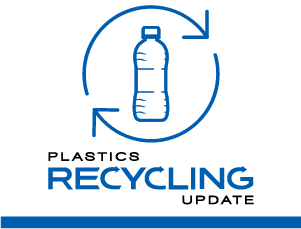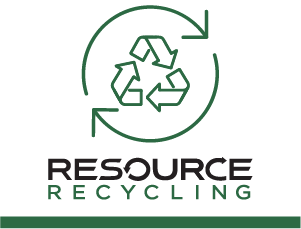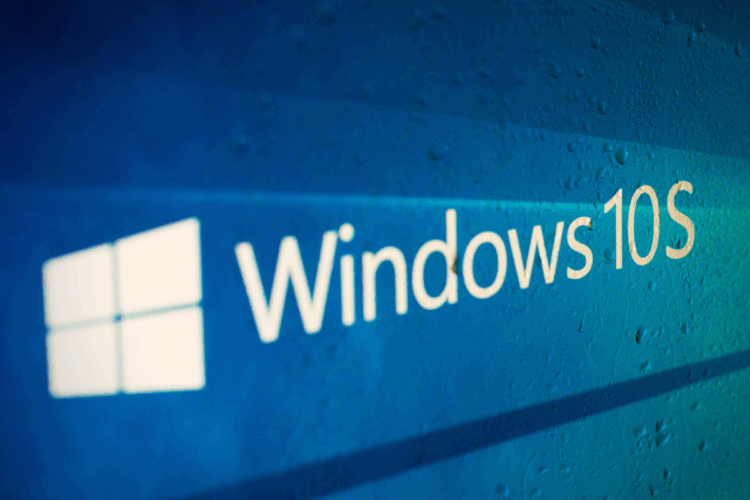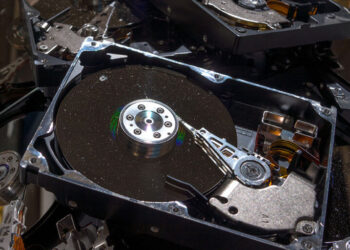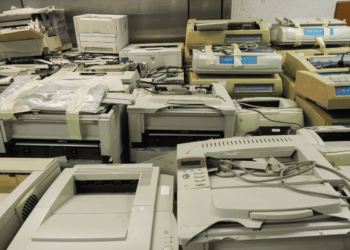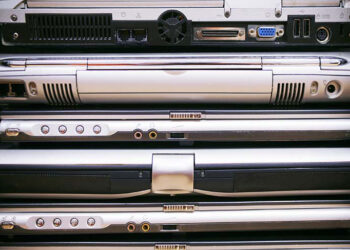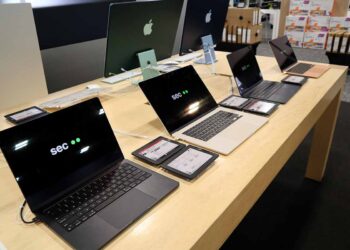As of Oct. 14, Microsoft will discontinue free security updates, technical support and feature updates for the 10-year-old Windows 10 operating system, making PCs more vulnerable to security risks. As such, ITAD providers are facing an influx of devices that may differ from previous phaseouts.
Windows 10 launched in late July 2015, and in 2023 Microsoft announced it would phase out support for the operating system (OS). Some devices can upgrade to Windows 11, and if a device meets certain qualifications, users can enroll in the consumer Extended Security Updates (ESU) program, which gives them until Oct. 13, 2026, to upgrade.
Last year, Microsoft announced pricing for extended support for schools and businesses, after an NGO successfully petitioned for the company to extend security updates for Windows 10.
In its most recent quarterly investor call, Iron Mountain reported a surge in its asset decommissioning business for the second quarter, resulting in a 70% increase in revenue for the Asset Lifecycle Management (ALM) segment.
E-Scrap News asked Rob Makin, senior vice president of commercial ALM at Iron Mountain, about what the ITAD arm of the company is experiencing.
This interview has been lightly edited for clarity and brevity.
What is Iron Mountain seeing in terms of trends for increased device disposal, or inquiries about these services?
There is growing interest from enterprise customers in ITAD services. This is shaped by the upcoming Windows 10 end-of-life, which necessitates the secure disposal of vast fleets of devices. What’s particularly interesting is that this isn’t just about an OS upgrade; customers are seeing it as a strategic hardware lifecycle event, focusing on comprehensive ITAD programs that prioritize data security, value recovery, and environmental responsibility.

How early/late do enterprise customers tend to start looking into disposal around such events?
Traditionally, we’ve seen disposal planning much later in the process. However, there’s a definite shift happening. More and more enterprise customers are realizing the value of starting their ITAD planning early. We’re seeing customers integrate their IT asset management (ITAM) platforms with our full-service system, giving them complete visibility and control over the entire decommissioning process. This allows us to identify synergies, optimize costs, and explore reuse opportunities, turning what used to be a late-stage task into a core part of a smart, strategic IT asset management strategy.
What does Iron Mountain expect for volumes as the October date rolls around?
This period of transition, driven by the end-of-life of Windows 10, highlights the importance of a solid ITAD strategy. Proactive planning allows organizations to effectively manage the peaks and troughs of device refresh cycles, ensuring a smooth and secure process. Rather than reacting to a specific date, our focus is on helping customers establish a robust ITAM program that optimizes value recovery, maintains data security, and transforms end-of-life assets into a valuable component of a circular economy, regardless of when the volumes arrive.
How is this end-of-life expected to compare to others, such as Windows 8? And what are the contributing factors?
The Windows 10 end-of-life is set to be larger than previous transitions like Windows 8, driven by its widespread enterprise adoption. Key factors include the sheer volume of devices and heightened focus on data security compliance, such as NIST 800-88 (which provides recommendations for securely deleting data from storage media). Additionally, responsibility initiatives and maximizing value recovery are now core ITAM priorities, transforming disposal into a strategic opportunity for ROI (return on investment) and sustainable asset management.




